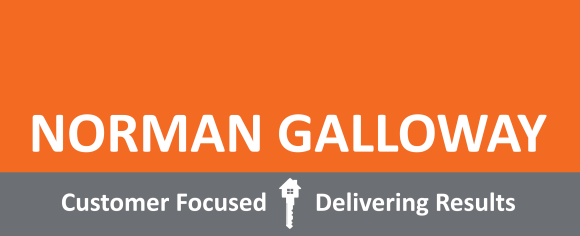
A Guide to Non-Standard Construction Mortgages: What You Need to Know
When exploring the housing market, you might come across properties that don't fit the typical mold. These could be older buildings, prefabricated homes, or those built with unusual materials like concrete or glass. Properties that fall into this category are often referred to as "non-standard construction," which can present unique challenges, particularly when it comes to securing a mortgage.
In this guide, we’ll delve into what defines non-standard construction, the types of properties it includes, and how you can navigate the mortgage process for these unconventional homes.
What is Non-Standard Construction?
Standard construction properties are typically built with brick or stone, and have slate or tiled roofs. Anything that deviates from these materials is usually classified as non-standard by mortgage providers. This could be due to the structure, framework, or roofing of the building, or the materials used in its construction.
Types of Non-Standard Construction Properties
Non-standard properties can vary widely. Some common examples include:
- Timber-framed houses: Though historically popular, timber-framed homes are still used today, often in barn conversions or country houses. However, their susceptibility to fire and structural wear can make it harder to secure a mortgage.
- Steel-framed houses: Steel frames offer greater strength compared to timber but can pose health and safety concerns, particularly in homes built with asbestos—a common material in older constructions.
- Modular homes: These homes, prefabricated after World War II, were built quickly to address housing shortages. Many modular homes do not meet modern safety standards, making it tricky to find financing.
- Concrete structures: Built either with poured or pre-formed concrete, these homes addressed the housing crisis of the mid-20th century. However, some suffer from "concrete cancer," which weakens the structure over time.
- Unusual roofing types: Flat roofs and shingle roofs are also considered non-standard due to potential water drainage issues and maintenance challenges.
Challenges of Securing a Mortgage for Non-Standard Properties
Getting a mortgage for a non-standard property can be more difficult, mainly because lenders view these homes as higher risk. A few reasons for this include:
- Health and safety concerns: Non-standard materials can pose risks like fire hazards, structural issues, or susceptibility to water damage.
- Market demand: Non-standard properties may be harder to sell, meaning if you default on your mortgage, the lender could struggle to recoup their investment.
- Depreciation in value: Unlike standard homes, many non-standard properties lose value over time, which adds to a lender's risk.
As a result, you may need to approach a specialist lender, and the loan terms might include stricter eligibility requirements or higher interest rates.
What to Expect When Applying for a Non-Standard Mortgage
Mortgage providers assess applications for non-standard construction homes differently. Here are a few key factors they consider:
- Loan-to-Value Ratio (LTV): You may be required to provide a larger deposit—typically around 20-25%—compared to a standard mortgage.
- Income and affordability: Non-standard homes often need regular upkeep, which lenders will factor into their affordability assessments. Your income and ability to cover ongoing maintenance costs may be scrutinised more closely.
- Credit history: A poor credit history, coupled with a non-standard property, could make it even harder to secure a mortgage. Lenders may impose stricter terms or even deny your application outright.
- Age: If you are over 55, your options may be further limited, as lenders tend to have stricter age limits for non-standard property mortgages.
Things to Keep in Mind
Before purchasing a non-standard property, there are several important considerations to take into account:
- Property valuation: A thorough survey is crucial for non-standard properties, as it can uncover potential issues and provide an estimate for future maintenance costs. A lender will likely rely on this valuation to assess risk before approving your mortgage.
- Maintenance costs: Unconventional homes often require more upkeep. A thatched roof, for instance, may need to be replaced every few decades, adding to your long-term expenses.
- Resale value: If you plan to sell in the future, finding a buyer for a non-standard property may take longer, and your resale value could be lower than that of a standard home.
Finding the Right Lender
Securing a mortgage for a non-standard property can be more complex, but it’s not impossible. The key is to find a lender who specialises in these types of homes. Consulting with a mortgage broker who understands the intricacies of non-standard construction can also make the process smoother, as they can help match you with the right lender and mortgage product.
Conclusion
Purchasing a non-standard property can be a rewarding experience, but it comes with additional challenges, particularly when it comes to financing. Understanding the unique aspects of non-standard construction and working with the right professionals can help you secure the home of your dreams, even if it's a little out of the ordinary.
Diane Bialek - Diane’s Nottinghamshire Property Blog


